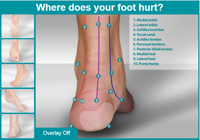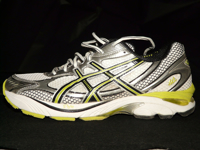Plantar fasciitis has a number of contributing factors that include age, weight and heel height of your shoes. How do these contributing factors come together to cause acute heel pain? This article explores the contributing factors that lead t painful plantar fasciitis.
Close
Menu







